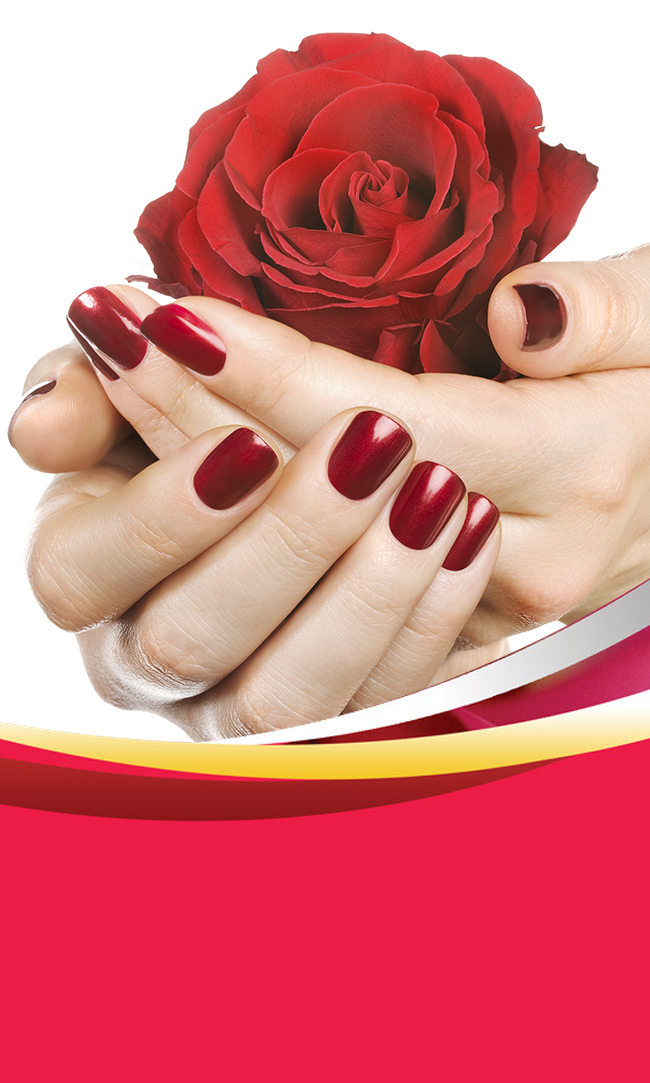
Getting a facial should result in an amazing-looking complexion, but sometimes, this skin care solution can leave your face looking more raw and red than healthy and radiant. Next time you’re really not sure if your skin is OK post-treatment, turn to these expert-supplied signs.
Normal: Skin that’s pink or red
Cindy Kim, cofounder of New York’s Silver Mirror Facial Bar, stresses that there are many different types of facials, which result in many different outcomes. “Some are geared toward relaxation, while others are geared toward stimulating the skin to drive results. The more your skin is being stimulated during a facial—with extractions, different types of exfoliation, skin care devices—the more likely you may end up a little pink or red afterward. This is absolutely OK and normal! The pinkness or redness should subside within several hours to a couple days depending on your skin type and how much your skin was worked.”
Not Normal: Extreme redness, heat and burning
On the list of things you shouldn’t see or feel after a facial? Extreme redness, heat, burning or stinging. “As a quick caveat, if you are getting a chemical peel, you may feel burning and stinging during the treatment, but this should subside after the peel is neutralized and taken off,” Kim says. “Extreme post-facial redness, stinging, burning and soreness are all signs that you are reacting negatively to something that was used on your skin. It could be a reaction to an ingredient, to your skin being overexfoliated, or to a chemical peel that was not properly neutralized. If you have any of these reactions, let your aesthetician know as soon as possible so that she/he can spend more time calming down your skin, or tell you what to use at home until your skin gets back to normal.”
Normal: Being red even a day later
If you are still very red the day after a facial (Kim says a five or above on a scale of 1–10), but you aren’t having any other adverse reactions such as burning or stinging, it’s possible that you have very sensitive skin and your skin may need a little more time to settle. “Make sure you are using non-active, mild products for several days after a facial so that you aren’t irritating your fresh skin. Wait another day or two and if the redness doesn’t subside, give your aesthetician a call right away and explain the situation.”
Not Normal: Being red and having reactions the day after
If you are really red the day after a facial, PLUS you’re continuing to have negative reactions like burning or stinging (some flaking and tightness is expected after a chemical peel so don’t take that to be abnormal), Kim says this duo is a signal to give your aesthetician a call. “Explain exactly what you’re feeling and what is uncomfortable. The more detailed you can be, the better your aesthetician will be able to help you. She/he may bring you in for a follow-up treatment to help calm down your skin or recommend some products to use to speed up the recovery process.”
Normal: A solid “cool-down” period
New York celebrity aesthetician Christine Chin says that, in addition to allowing the skin a 20-minute warm-up for extractions, plenty of time and the right cooling products are needed to calm any blotches, inflammation or irritations caused by extractions. “No one should have welts, bleeding or blotches on their way out the door. As facials can stir up bacteria, leaving them behind after extractions can cause a post-treatment breakout also. I like to use antibacterial products, along with light therapy such as high-frequency wands, immediately following to ensure a quicker healing process.”
Not normal: These two “overs”
Chin coins these two don’ts—overexfoliation and overaggressive extractions—as signs that something isn’t going right. “Overexfoliation causes a temporary or chronic inflammation on the surface of skin cells and even hair follicles, which can then become infected by bacteria. Any masks or peels being used should not feel as though you are being burned (only slight tingling or stinging),” she says. And for the often-debated extraction equation? “A good aesthetician should allow plenty of time to prep the skin for extractions—not just with steam, but with exfoliants and pore-opening oils and massage. It’s about luring out the contents of the pores first, not forcing them out.”
Normal: Bleeding a little while you’re getting the treatment
Yes, this one is OK. “It’s normal and possible that you may bleed a little when a pro is performing extractions on stubborn clogs or pimples. How your skin reacts to extractions is really dependent on your skin type and what type of extractions are being performed,” Kim says.
Not Normal: Bleeding when you walk out the door
“Either way, you shouldn’t have any bleeding or welts as you walk out the door of a facial,” Kim says. “A good aesthetician will spend enough time bringing your skin down after extractions. If you notice anything unusual, like continuous bleeding, let your aesthetician know as soon as possible and make sure she/he not only takes care of you, but tells you exactly what to use at home and how so as not to cause any more bleeding or irritation.” Chin adds that if you are still bleeding following your facial, consult with your dermatologist immediately as this could signify a deeper issue.
Normal: Experiencing a breakout after a facial
Brace yourself: Chin says this one can definitely happen, depending on the service. “As extractions are usually incorporated into my facials and I am pulling the impurities deep within your pores to the surface, there’s certainly going to be a redness factor as your skin is experiencing a somewhat rough treatment to get them fully removed. The worst your skin will look is that same day in some cases. If you have acneic skin, it may take a few more days to heal what was already there. There’s also the possibility of breakouts occurring in the hours and days following treatment. This doesn't mean that your facial was inefficient—it actually means that you successfully pulled the impurities from deep within the skin.”
Not Normal: Thinking you can strut the red carpet right after an intensive facial
This may no apply to mere morals, but it is something to consider. “If you have a big event coming up, be sure to schedule your facial accordingly,” Chin says. “For example, if your event is a week from today, I wouldn't recommend having an intensive facial with deep exfoliation or cleansing but rather encourage a gentler version of the facial two to three days before. This way your complexion will be fully glowing for the occasion.” The bottom line: If you aren’t sure what’s going on or feel like something “just isn’t right” even a few days later, Chin offers up this sage skin care advice: “Be sure to communicate any continued discomfort to your aesthetician—we can certainly inform you of the best products to use at home to help to calm and relieve the skin.”


